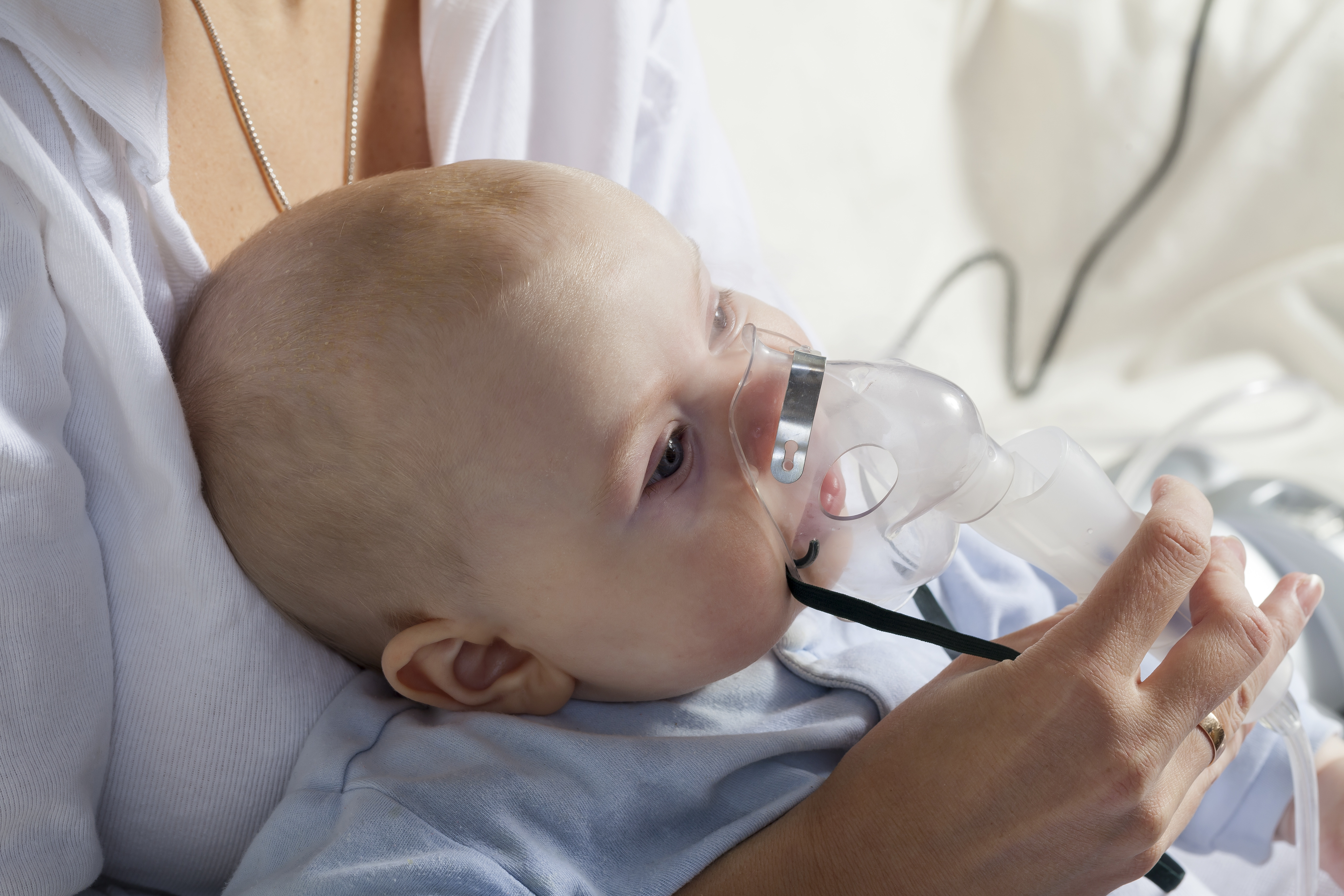Parents have likely heard about bronchitis. But another respiratory infection, bronchiolitis, gets far less attention. According to Dr. Joan Calkins of Village Pediatrics and Rheumatology in Hamburg, bronchiolitis is an infection of the small tubes inside the lungs (bronchioles) caused by a virus, that generally affects young children during the autumn and winter months.
During normal breathing under healthy conditions, air enters the lungs through the trachea. It then travels down the branching bronchi and into the small bronchiole tubes inside of the lungs. Then the air passes from the bronchioles into the millions of air sacs in the lungs, and eventually into the bloodstream.
When a child suffers from bronchiolitis, most often the bronchioles fill with mucus and experience inflammation, thanks to a virus called the respiratory syncytial virus (RSV). The mucus and swollen tubes can make it difficult for oxygen to reach the lungs and get to where it is needed. The child may wheeze or breathe harder or faster in order to compensate.
“In adults, RSV infection isn’t generally serious. But in children it can be dangerous, particularly if the virus does not clear up quickly and leads to an acute case of bronchiolitis,” says Dr. Calkins. According to the Centers for Disease Control and Prevention, most otherwise healthy people recover from RSV in one to two weeks and suffer mainly from cold symptoms. However, infants and young children may be prone to cases that don’t go away as quickly and get down into the lungs, becoming bronchiolitis.
The best way to prevent bronchiolitis is to reduce the spread of cold viruses through the home with frequent hand-washing and cleaning of shared items around the house. Children that fall into the following categories may be more likely to get bronchiolitis, according to the National Institutes of Health.
These risk factors include:
- Age 6 months or younger
- Born prematurely
- Exposed to cigarette smoke, even in the womb
- Born with Congenital cardiac or pulmonary problems.
- Close contact with other infected children
- Have a long-term lung disease
Symptoms of bronchiolitis include a cough that may be dry or produce phlegm. Wheezing may also occur because of inflammation of the airways. Rapid breathing, difficulty breathing, fatigue, fever, and nasal flaring in infants may be other signs.
Antibiotics do not treat viral infections, so it’s unlikely the child will be given an antibiotic prescription for bronchiolitis. Usually, supportive therapy such as breathing in moist air, resting, drinking fluids, and avoiding any exposure to cigarette smoke, are recommended. Rarely, antiviral medications may be used to treat very ill children. Some doctors may prescribe the use of a bronchodilator or steroid treatment to ease inflammation in the airways through using a nebulizer or another inhaler delivery device.
Parents of children with breathing difficulties should consult with a pediatrician if symptoms of any respiratory illness take a while to clear up.
WNY Resource: Village Pediatrics and Rheumatology is located at 17 Long Avenue, Suite 105 in Hamburg. Visit www.villagepediatricsrheumatology.com or call 716-646-5188 for information on their Saturday flu clinics.












